On January 15, 2023, a Yeti Airlines ATR 72-212A was flying routinely between Pokhara International Airport (VNPR) and Kathmandu (VNKT).
Earlier in the morning, the same flight crew flew two sectors from VNKT to VNPR and from VNPR to VNKT. At VNPR, the mishap happened during a visual approach for runway 12. The crew members had flown three times that day, this being their third.
Also read: Yeti Airlines ATR-72 crashes in Nepal’s Pokhara; all the lives lost
Yeti Airlines ATR-72, registered 9N-ANC
Crew Information
Two captains were in charge of the flight; one was in the process of becoming familiar with the airfield so they could fly into Pokhara, and the other was the instructor pilot. The instructor pilot, sitting in the right-hand seat, was the Pilot Monitoring (PM), and the Captain, who was being familiarised, was the Pilot Flying (PF).
Anju Khatiwada, Pilot Flying (PF) the ATR-72
Progress of the flight
The launch, ascent, cruise, and descent to Pokhara were all normal. The ATC designated runway 30 to land after the aircraft made initial contact with the Pokhara tower. But, when the flight approached its final stages, the crew asked ATC for permission to land on Runway 12 and was granted it.
At 10:51:36, the aircraft descended further on Runway 12's downwind track, having come in from a height of 6,500 feet, five miles distant from VNPR. At 10:56:12, the pilots set the landing gear lever to the down position and extended the flaps to a 15-degree angle. On the power management panel, take-off (TO) was selected.
At 10:56:27, the Autopilot System was deactivated by the PF at a height of 721 feet AGL.
At 10:56:32, the PF then requested "FLAPS 30," to which the PM responded, "FLAPS 30 and descending."
Inferences Drawn
There was no flap surface movement noted in the Flight Data Recorder (FDR) data at that time.
Instead, the torque (Tq) started to drop to 0% and the Propeller Rotation Speed (Np) of both engines concurrently dropped to less than 25%, which is consistent with both propellers entering the feathered condition. Propellers don’t provide thrust when they are in feathering condition.
At 10:56:36, the Cockpit Voice Recorder's (CVR) area microphone captured a single Master Warning chime.
The "Before Landing Checklist" was then completed by the flight crew before beginning the left turn onto the base leg. The torque (Tq) of both engines was at 0%.
The investigative team noticed that both engines of 9N-ANC were operating in flying idle condition during the event flight to minimise over torque even though both propellers were feathered. According to the FDR data, all of the recorded engine-related parameters did not exhibit any anomalies.
At 10:56:50, another "click" sound was audible, and the time the radio altitude callout for 500 ft was announced. At this height, the aircraft's maximum bank angle was 30 degrees.
The Np and Tq data were still erroneous. Four seconds after that, the yaw damper disconnected.
The PM was advised by the PF regarding whether to make the left turn again, and the PM gave the go-ahead. The PM stated that it was not essential and gave the PF the order to apply some power after the PF questioned whether to continue descending.
At 10:56:54, when the surface of the flap moved to the 30-degree position, there was another click to be heard.
Seconds before crash
At 10:57:07, when ATC granted the clearance for landing, the PF said twice that there was no power flowing from the engines. The power levers were moved up to 62 degrees and then to their highest position at 10:57:11.
At 10:57:16, there was a "click" sound.
The aircraft began its last turn at 368 feet AGL one second after the "click" sound, and both engines' high-pressure turbine speeds (Nh) climbed from 73% to 77%.
It should be noted that at 10:57:18, the PF turned the plane over to the PM.
The PM (who had previously been the PF) said once more at 10:57:20 that there was no power coming from the engines. The stick shaker was activated at 10:57:24, while the aircraft was at a height of 311 feet above ground level, alerting the crew that the Angle of Attack (AoA) had climbed up to the stick shaker threshold.
A second stick shaker warning sequence began at 10:57:26 when the plane sharply banked to the left.
The cricket sound and stick shaker stopped after the radio altitude alarm for 200 feet was announced. The CVR recorded an impact sound at 10:57:32. Recording ceased on the FDR and CVR at 10:57:33 and 10:57:35, respectively.
The plane crashed at 10:57:32
Fatalities
The 4 Crew and 68 passengers, all perished in the crash.
Conclusion
The investigating team was able to reconstruct the flight paths of the incident flight and a subsequent flight on January 12 that included a different crew that landed on Runway 12 of VNPR.
The stabilising criterion for a visual approach could not be met at a height of 500 feet above ground level in any of the flights because of the shortened final approach leg for runway 12.
According to a preliminary investigative assessment, human error connected to a lever mix-up was probably to blame for the Yeti Airlines flight disaster in Nepal last month that killed 72 persons on board.
Source: FlightRadar24
Read next
Tata Sons owned Vistara and Air India have started their integration process as the two airlines look to complete the merger process expeditiously.
A team of senior executives from Air India and Vistara, along with consultancy firm Deloitte, has started the integration of human resources while law firm AZB Partners is working on legal and regulatory compliance, according to a report in The Economic Times.
Air India and Vistara announced a merger last year. As part of the merger with Air India, which the Tata Group acquired in January, SIA will invest INR 2,059 crore in Air India. Once the transaction is complete, SIA will hold 25.1% of Air India.
ALSO READ - Tata Sons to invest USD 1.5-1.8 billion in Air India – Vistara merger
The merger between the two entities is likely to be a smooth affair because Air India has inducted many former Vistara employees. More importantly, CEO and MD Campbell Wilson has worked with SIA and its low-cost carrier Scoot. The deadline for the merger is March 2024.
Air India and Vistara begin their integration process
The Economic Times reports that the non-flying staff of Vistara is being assessed for leadership roles through a process called the Hogan Test. The report quotes a person familiar with the matter as saying, “Team managers and members reporting to the management directly have already been assessed and in the next few weeks, the next level of employees will be assessed for their prospective role. Since the two airlines had executives in the same role, it needs to be carefully assessed on who will be given leadership or managerial role.”
Sources had already revealed in January that following interviews with external consultants and internal teams, the best fit among senior to mid-level executives will be retained for the post, and other candidates will be given a different role if available.
Bringing the pilots of the two airlines together to run the fleet of the merged airline while also taking the seniority of the cockpit crew into consideration is another challenging problem to solve. According to reports, some Vistara pilots are concerned about how the merger may affect their seniority as they join a new airline.
There will be a town hall with pilots from both airlines present, where topics including seniority and career advancement will be covered.
The merger will need the approval of key agencies such as the DGCA, the Ministry of Civil Aviation, and the Reserve Bank of India. The competition commissions of both India and Singapore will also have to give the go-ahead, as Vistara is a joint venture of the Tata Group and Singapore Airlines.
ALSO READ - From A350s to B777Xs, Air India finalizes the Historic 470 Aircraft deal with Airbus & Boeing
Air India recently placed a mega order for 470 aircraft with Boeing and Airbus as it plans to become a dominant player globally.
(With Inputs from The Economic Times)
Read next
Air France-KLM Chief Executive Ben Smith on Friday reiterated that the airline was interested in Portugal's soon to be privatised TAP, noting the carrier's strong position in Brazil.
"We find (TAP's) network into Brazil extremely powerful for us," he told a media conference. The Portuguese government, which owns TAP, has said it is considering an outright or partial sale of the business.
TAP posted a rare net profit in the third quarter of 2022.
The airline group is eyeing up TAP's strong Brazilian network.
An Air France-KLM and TAP deal would just be the latest in what is becoming something of an airline consolidation spree in southern Europe. The group is already part of the preferred bidding consortium selected by the Italian government to takeover ITA; private equity firm Certares leads the bid.
Passenger traffic in Portugal and Spain recovered to 96 percent and 80 percent, respectively, of 2019 levels in the first half of 2022, Eurostat data show. Comparatively, Germany and France only recovered to 61 percent and 73 percent, respectively, of pre-pandemic numbers.
The big airline groups want a larger piece of this pie, especially as they see their discount rivals circling.
This is not the first time Air France-KLM has expressed interest in the Portuguese carrier following a similar declaration in October, with CEO Smith adding that "if the right circumstances are in place, we're interested. Consolidation is key for us, especially in Europe."
Read next
The country's largest airline IndiGo, which is "back with a bang", is looking to start flights to Nairobi, Jakarta and some central Asian destinations as the carrier focuses on internationalisation, according to its chief Pieter Elbers.
Amid intensifying competition and Air India set for expansion with massive plane orders, the IndiGo chief asserted that there is a lot of growth ahead in the Indian market that "justifies multiple airlines".
"A lot is going on in the Indian aviation landscape... The fact that Indian aviation is getting into the next stage, including the consolidation being done under the Air India group, is a natural evolution of the market. I look to the competition. It is good to have competition but it will be a competition that is going hand-in-hand with the growth of the market," Elbers told PTI in an interview here.
ALSO READ - IndiGo plans to launch flights to Nairobi, Jakarta and China
IndiGo, which has more than 300 planes in its fleet, currently operates to 76 domestic and 26 international destinations. Flights to two more domestic destinations -- Nashik and Dharamshala -- have also been announced.
IndiGo is "back with a bang" with several international flights
According to him, the Indian aviation market, which is very vibrant and dynamic, is recovering very strongly. "IndiGo is back with a bang," Elbers said, adding that the economic growth of India is helping IndiGo move forward and the network of IndiGo is further helping boost economic growth locally.
The airline operates around 1,800 flights daily and in terms of current seat offerings, it is roughly 80% domestic and 20% international.
"We will likely introduce new flights to Nairobi (Kenya) and Jakarta (Indonesia) this coming summer. We are looking at central Asia at a few destinations but that has not yet been decided... Internationalisation is a big part of our agenda," Elbers said.
Further, he noted that Nairobi and Jakarta are two important points to connect with tourism, business and the Indian diaspora. "So, all that combined, we have a great proposition".
"With further growth of India and the position of India combined with our capability even more so when XLRs are coming in, we are very ambitious of creating more international connectivity. A significant part of (international travel by Indians) today is taken by international carriers. For us as Indian carriers we can have a higher share," the IndiGo chief said.
ALSO READ - IndiGo reports a multi-fold surge in net profit to INR 1,422 crore in Q3
For the three months ended December 2022, IndiGo reported a sharp rise in profit at INR 1,422.6 crore and its highest-ever quarterly total income at INR 15,410.2 crore as travel demand remained strong. The budget airline carried 2.23 crore passengers in the December quarter and its domestic market share in 2022 stood at 56.1%.
On starting operations with the wide-body Boeing 777 aircraft, the IndiGo chief pointed out that it was the first step born out of the need for capacity.
"The market is growing and we were confronted with the supply chain situation, we really needed capacity. The flight has been there for two weeks and we see a very positive response from the market. Codeshares placed beyond Istanbul are working very well," he said.
On wet lease from Turkish Airlines, IndiGo started operating the B777 aircraft on the Delhi-Istanbul route on February 1. The plane has a seating capacity for 400 passengers with economy and business classes.
Without giving specific details about the Aircraft on Ground (AOG) situation, the IndiGo chief said it is "basically a stable situation". The supply chain woes have been impacting airline industry worldwide resulting in delays in the deliveries of aircraft.
"We have stabilised the supply chain situation and we are talking with suppliers to have good support in dealing with it. We have extended the leases, we have the wet lease... we will have a capacity for the total fiscal year 2023 which is very much in line with the initial plan," he said.
ALSO READ - How Bad is IndiGo’s and GoFirst’s A320 Engine Problem?
Elbers also sought to emphasise that IndiGo operates almost 1,800 flights every day and wide-body flight is one of them. On the airline's plans for wide-body planes going forward, Elbers said it has always kept the option of wide-body aircraft open but did not divulge specific details.
"IndiGo has never ruled out any option. We do have a significant order book. We have almost 500 aircraft on order... we have a steady stream of deliveries coming. Our focus and emphasis will be on that part. We do have the XLRs order that will further stretch the range of operations for IndiGo," he said.
The airline has placed an order with Airbus for A321XLR aircraft, which will have a longer range, and these planes are expected in 2024-25, depending on the aircraft maker's delivery schedule.
When asked whether there could be a possibility of IndiGo converting some of the planes on order into wide-body, Elbers said the focus of the aircraft order is to serve its today's network.
While noting that the airline has continued to optimise its products, he said it consistently reviews what is going on in the market and stressed the three customer promises.
"All these elements come in at additional trade-offs to be made and for us to continue on the path of affordable fares is a very very important part," Elbers said.
Read next
Air India will require 6500+ pilots for the recently ordered 470 aircraft
Radhika Bansal
18 Feb 2023
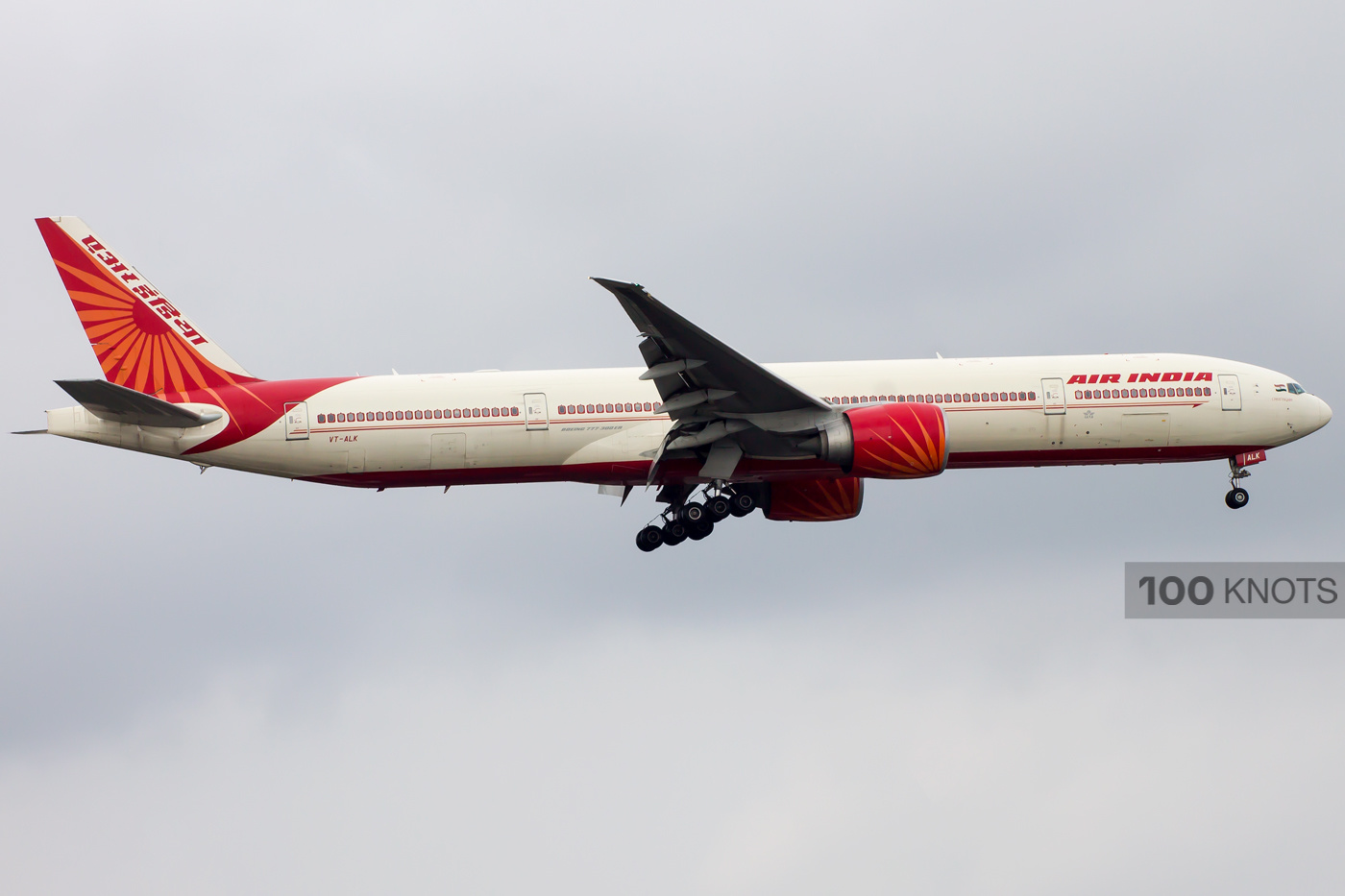
Air India will require more than 6,500 pilots to operate 470 aircraft that are to be supplied by Airbus and Boeing in the coming years, according to industry sources. Currently, Air India has around 1,600 pilots to operate its 113 aircraft fleet and in recent times, there have been instances of ultra-long-haul flights getting cancelled or delayed due to a shortage of crew.
Seeking to expand its fleet as well as operations, the airline has placed orders for acquiring a total of 840 aircraft that includes an option to buy 370 planes. This is one of the largest aircraft orders by any airline. According to Air India, the first of the new aircraft will enter service in late 2023 and the bulk of the planes are to arrive from mid-2025 onwards.
The airline's two subsidiaries -- Air India Express and AirAsia India -- together have around 850 pilots for flying their 54 planes while the joint venture Vistara has more than 600 pilots. The latter has a fleet of 53 aircraft. Air India, Air India Express, Vistara and AirAsia India together have a little over 3,000 pilots to operate the combined fleet of 220 aircraft.
ALSO READ - From A350s to B777Xs, Air India finalizes the Historic 470 Aircraft deal with Airbus & Boeing
The latest Airbus firm order comprises 210 A320/321 Neo/XLR and 40 A350-900/1000. The Boeing firm order comprises 190 737-Max, 20 787s and 10 777s.
Air India will require 6500+ pilots for the recently ordered 470 aircraft
"Air India is taking these 40 A350 majorly for its ultra-long-haul routes or flights which last over 16 hours. The airline will require 30 pilots -- 15 commanders and 15 first officers -- per aircraft, which means some 1,200 pilots for A350s alone," the source in the know said.
ALSO REA - Multiple Aircraft Types, Benefits Air India
According to the source, 26 pilots are required for one Boeing 777. If the airline inducts 10 such planes, it will require 260 pilots while 20 Boeing 787 will require some 400 pilots considering that each such aircraft needs 20 pilots -- 10 commanders and 10 first officers.
Taken together, the induction of 30 wide-body Boeing planes will require a total of 660 pilots, the sources said. On average, each narrow-body plane, whether it is the Airbus A320 family or Boeing 737 Max, requires 12 pilots, implying that 400 such planes in the fleet will require not less than 4,800 pilots for their operations.
On Thursday, February 15 Air India Chief Commercial Officer Nipun Agarwal in a Linkedin post said "the order comprises 470 firm aircraft, 370 options and purchase rights to be procured from Airbus and Boeing over the next decade".
According to Air India's former Commercial Director Pankaj Shrivastava, enough opportunities have to be created for the Commercial Pilots Licence (CPL) holders to get them to type ratings. Type ratings are a particular training that makes a pilot qualify to operate a particular type of aircraft.
"Air India would definitely have some plan in place. They would not be buying these planes to put them on the ground," he said.
These aircraft are not going to be inducted tomorrow but over a period of time. During that period, Shrivastava said that he was confident that Boeing and Airbus along with Air India will be able to create a large enough pool of pilots by having in place the required number of flight simulators and pilots training.
ALSO READ - What should an Ideal Air India Training Academy be like?
Air India earlier this year announced its plans to set up a training academy, which is a new initiative for the Tata Group. The academy, being headed by AirAsia India's former CEO Sunil Bhaskaran, will rival the biggest and the best anywhere in the world, Air India Managing Director and Chief Executive Officer Campbell Wilson had said.
"Over the coming years, the ambitious new Air India and aviation industry generally will require thousands of home-grown pilots, engineers, cabin crew, airport managers and other function specialists. As India's flagship airline, we have the need and duty to develop this talent," he had said earlier.
Read next
In recent years, India's civil aviation sector has witnessed significant growth, with passenger traffic reaching new heights. This growth has not gone unnoticed by American firms, which are now eyeing a share of India's civil aviation market pie. The potential for increased business in India has prompted several American aviation companies to explore opportunities in the country.
One of the significant developments in this regard is the US-India Open Skies agreement. Signed in 2005, this agreement allows airlines from both countries to operate an unlimited number of flights to and from any city in each other's country.
Since then, several American airlines, including United Airlines, Delta Airlines, and American Airlines, have increased their services to India.
American firms eye share of India's civil aviation market pie.
Another key factor driving American firms' interest in India's aviation market is the government's efforts to modernize the sector. The Indian government has been investing heavily in infrastructure development, including the construction of new airports and the expansion of existing ones.
Recently, Adani Enterprises, an Indian conglomerate, won the bid to operate six airports in the country, and the company has since entered into a strategic partnership with Elbit Systems, an American aviation company.
Additionally, the Indian government has relaxed regulations to allow foreign airlines to own up to 49% of Indian carriers, creating opportunities for American airlines to acquire stakes in Indian airlines.
American firms' interest in India's aviation market is the government's efforts to modernize the sector.
However, doing business in India's aviation sector can be challenging, given the country's complex regulatory framework, inadequate infrastructure, and fierce competition from domestic players.
Moreover, the COVID-19 pandemic has had a significant impact on the aviation sector globally, with passenger traffic dropping sharply. In India, the pandemic has led to the closure of several airports and airlines struggling to stay afloat.
Now, American firms are eyeing a share of India's civil aviation market pie, driven by the government's efforts to modernize the sector, the US-India Open Skies agreement, and the country's growing middle class. Nonetheless, the potential for growth in the sector makes it an attractive proposition for American companies looking to expand their global footprint.

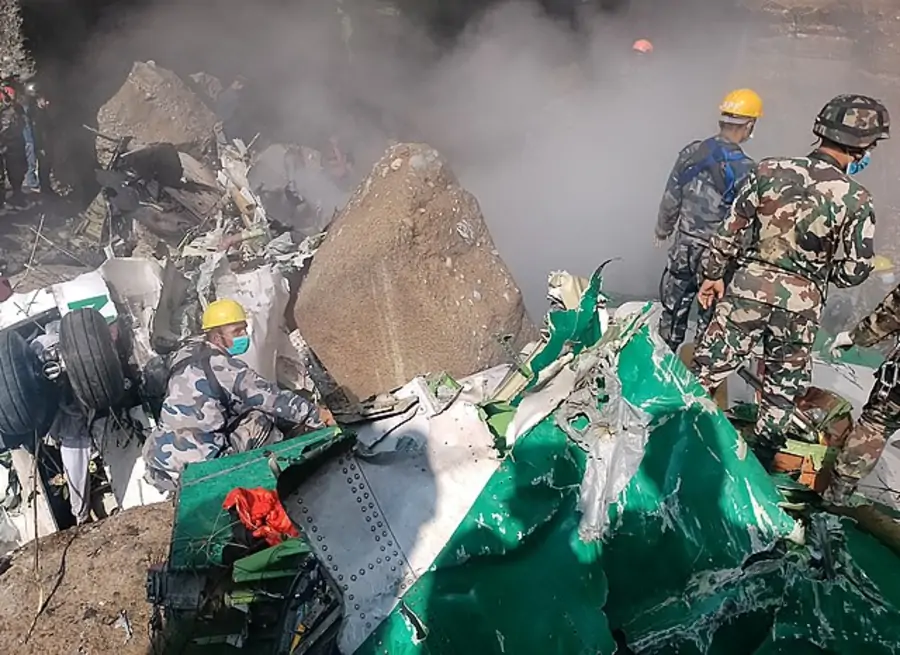

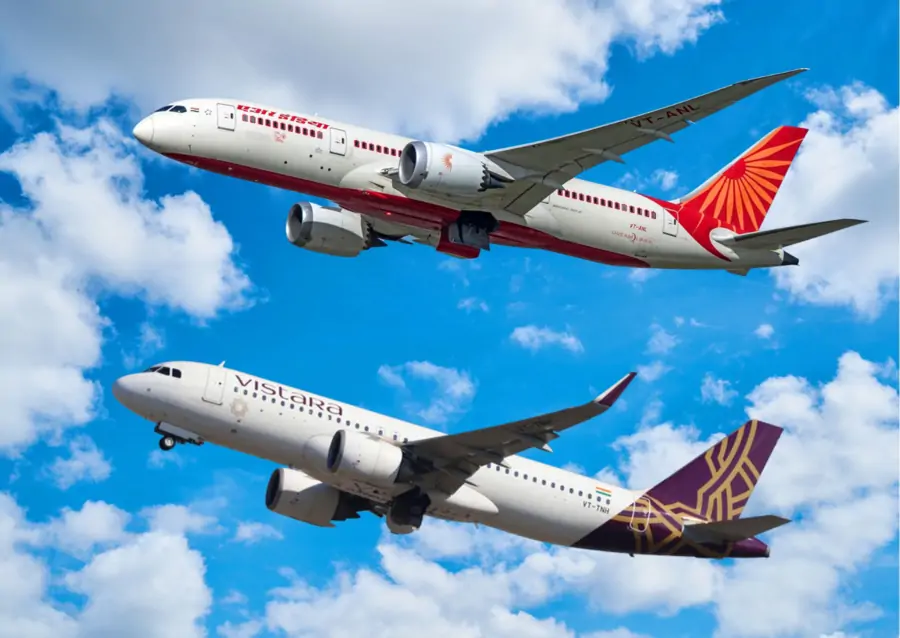

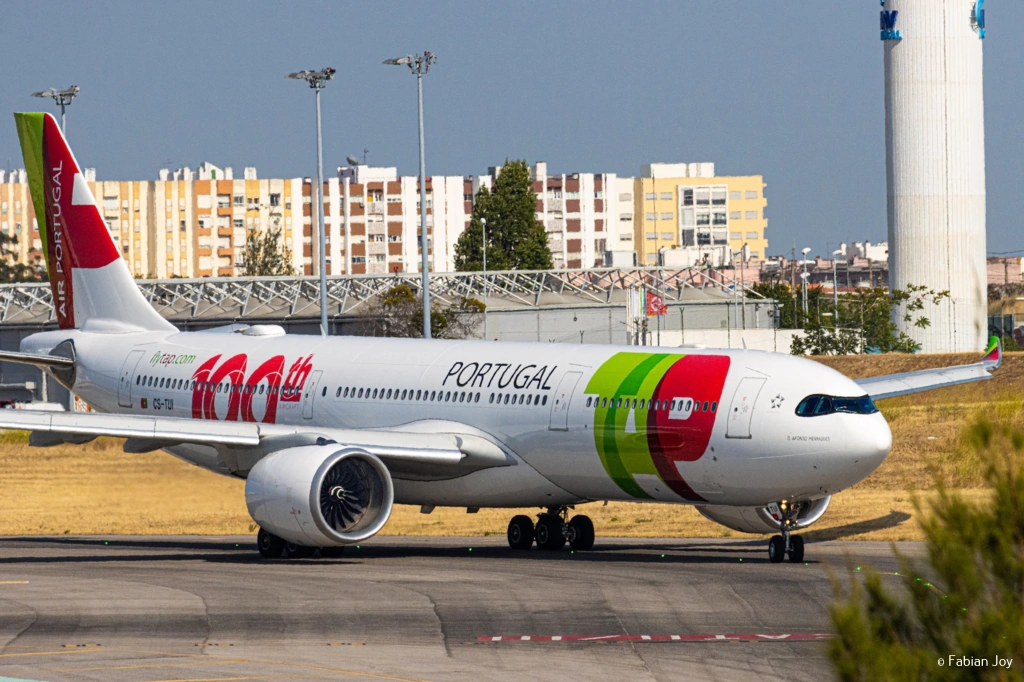
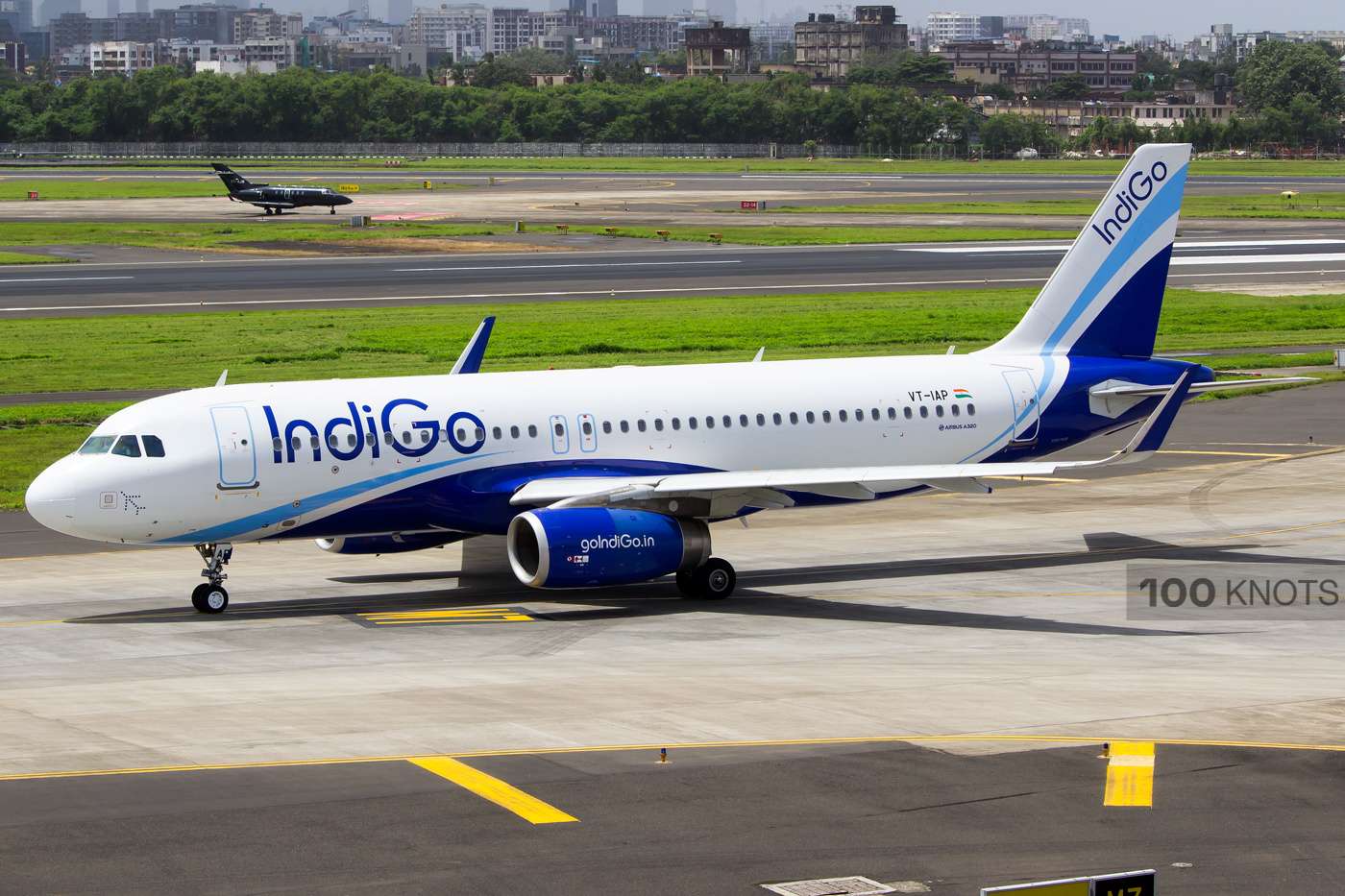
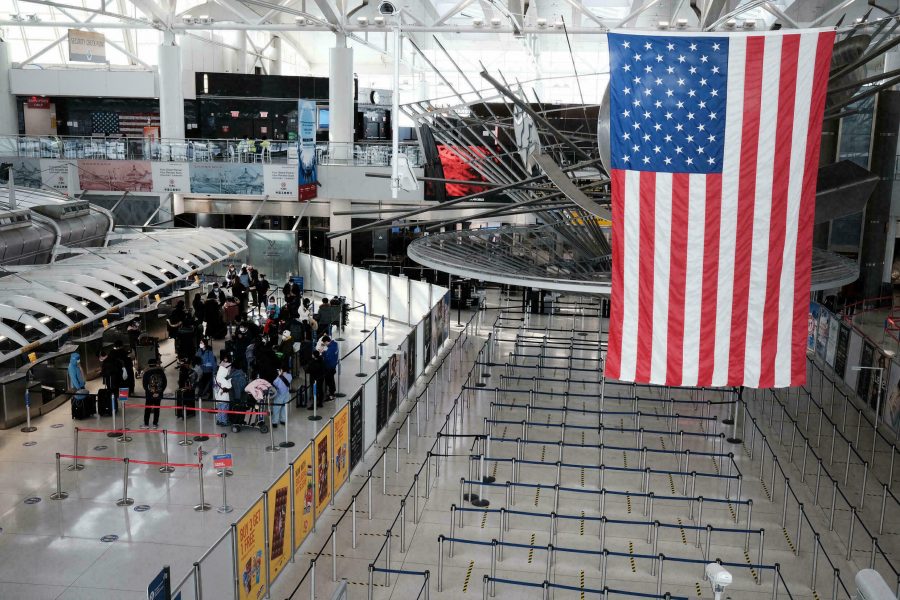
Comment